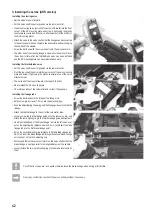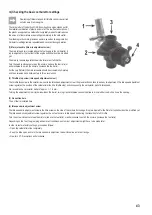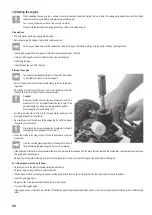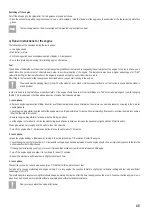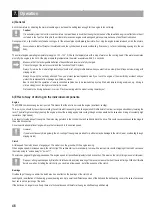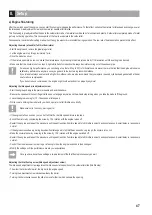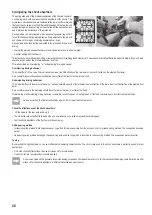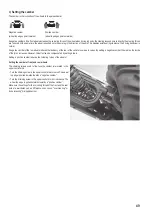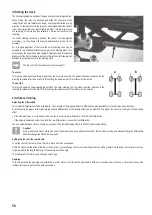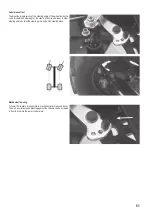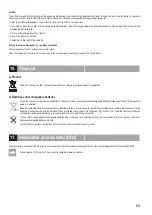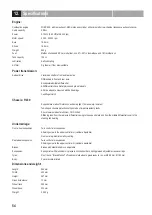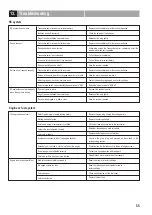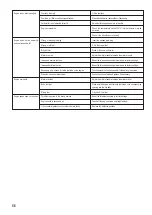
48
b) Adjusting the shock absorbers
The spring elements of the 4-wheel suspension of the chassis consist of
a coil spring each with oil-pressure shock absorbers at the centre. The
oil-pressure shock absorbers are fastened to the lower control arms and
the top of the shock tower on the differential housings. At the top, the coil
springs rest against a spacer ring on the outer tube of the shock absorber
and a plate on the bottom end of the piston rod.
Spring preload can be increased or decreased using spacer rings of dif-
ferent thicknesses. Spring preload can be finely adjusted to the ground
and the way of driving by combining several spacer rings.
Spring preload can thus be finely adjusted to the ground and the way of
driving.
• Low spring preload causes the chassis to sink down lower due to its own weight.
• A tighter setting lifts the chassis.
This means you have influence on lifting or lowering the chassis (setting ground clearance). The suspension setting afftects the model's ability to "even out" road
unevenness as well as the models behaviour in curves.
This is described as "oversteering" or "understeering" driving behaviour.
Oversteering driving behaviour
The model "pulls" in the curve, the rear tends to swerve (too little traction on the rear axle or too much traction on the steered front axle).
As a counter measure the suspension should be set softer at the rear (or harder at the front).
Understeering driving behaviour
The model is difficult to steer around the curve, "pushes" outwards over the front wheels (too much traction of the rear axle or too little traction of the steered front
axle).
As a counter measure, the damping should be set harder at the rear (or softer at the front).
Oversteering or understeering driving behaviour can be the result of uneven cornering forces of front and rear axle due to incorrect camber settings.
As a basic setting, the front axle should be approx. 5 mm lower than the rear axle!
Check the effectiveness of the shock absorbers:
• Lift the model at the rear axle and drop it.
• The model should not deflect to the end stop and only rebound once (without any additional swinging)!
• Test the shock absorbers of the front axle in the same way.
Setting spring preload
• Increasing spring preload: Exchange the spacer ring with a thicker spacer ring from the accessory set to increase spring preload. The suspension becomes
harder.
• Decreasing spring preload: Exchange the spacer ring with a spacer ring which is less thick to reduce spring preload. The suspension becomes softer.
Tuning
By selecting the right damping oil, you can influence the damping characteristics. The oil normally used in the shock absorbers is perfectly suited for most
applications.
• On a predominantly flat surface, the use of viscous oil is recommended.
• On uneven terrain, low-viscosity oil should be used.
Do not use engine oil. We generally recommend using pure silicon shock absorber oil only. To further optimize the damping characteristics, we offer
silicon oil for the shock absorbers in different viscosities as an accessory.
Summary of Contents for 23 68 22: RtR
Page 114: ...114 ...
Page 115: ...115 ...









